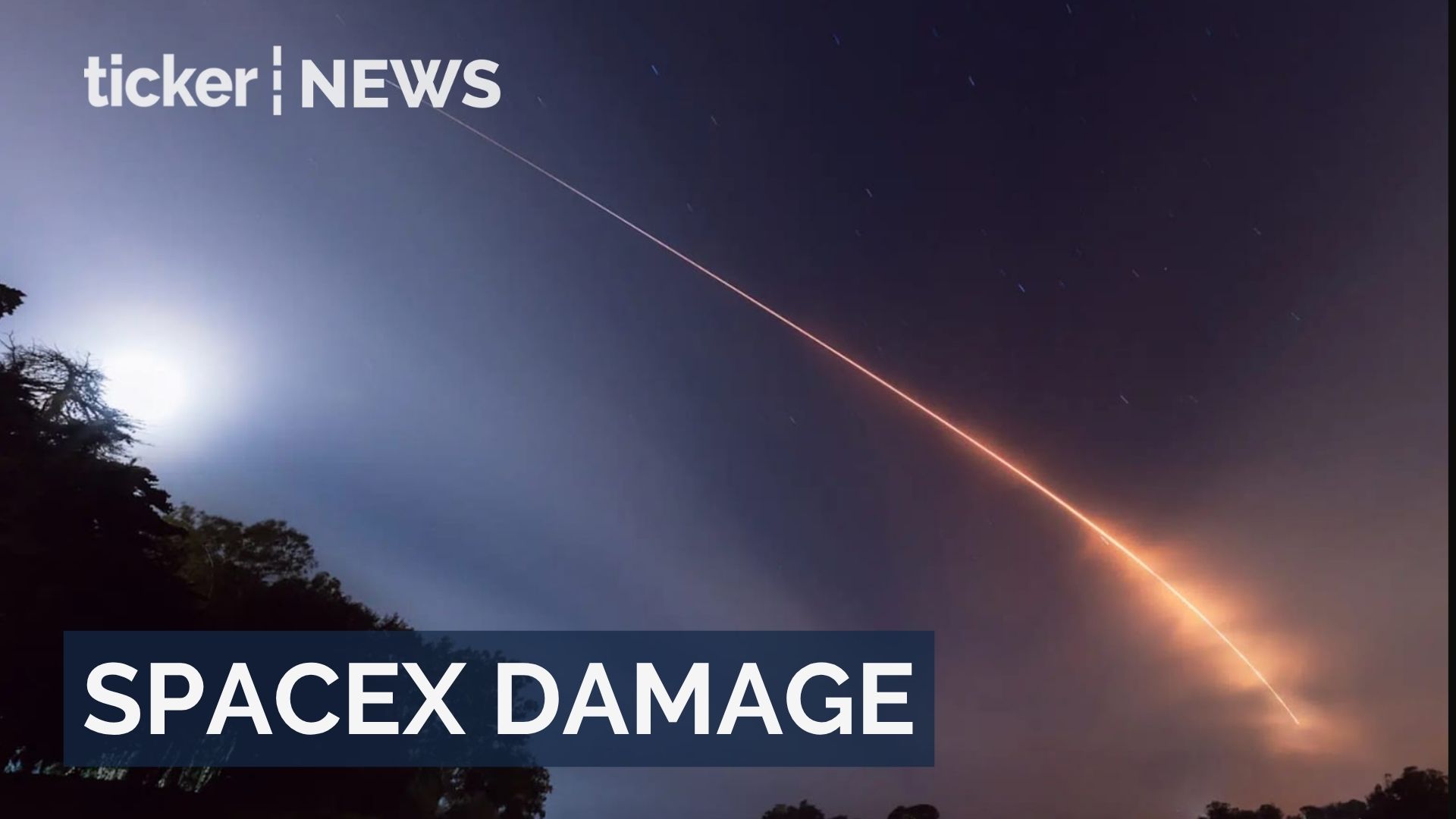Tech
SpaceX satellites’ reentries raise atmospheric damage concerns
Growing alarm as SpaceX satellites plunge daily, risking atmospheric damage and raising safety concerns among experts


Tech
OpenAI releases GPT-5.1 with enhanced conversational features
OpenAI launches GPT-5.1, enhancing ChatGPT with personality controls and improved conversational abilities for paid users
Tech
Apple postpones iPhone Air sequel due to poor sales
Apple delays iPhone Air 2 indefinitely after lacklustre sales of first model
Tech
Tech giants’ $47 billion AI infrastructure deals announced
Tech giants commit $47.7 billion to AI deals as demand for computing power soars and market diverges
-



 Shows5 days ago
Shows5 days agoKnowing when to walk away in real estate deals
-



 News5 days ago
News5 days agoTrump-Xi APEC talks stir Taiwan concerns
-



 News3 days ago
News3 days agoMicrosoft and Nvidia invest heavily in Anthropic
-



 News5 days ago
News5 days agoAustralia’s top-selling ute is finally going electric
-



 Leaders4 days ago
Leaders4 days agoWealth building requires discipline over chasing returns
-



 News5 days ago
News5 days agoAre Australia’s streaming rules going too far?
-



 News4 days ago
News4 days agoU.S. shutdown ends: what’s next?
-



 News4 days ago
News4 days agoTrump Threatens $5B BBC Lawsuit











